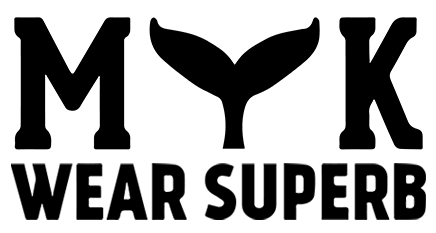
Apply These 6 Secret Techniques To Improve Hoodie Import
Apply These 6 Secret Techniques to Improve Hoodie Import
In the competitive world of fashion retail, optimizing your hoodie import process can give your brand the edge it needs to stand out. Whether you're sourcing hoodies for resale, promotional purposes, or custom branding, employing these six secret techniques will ensure your imports are efficient, cost-effective, and high-quality.
1. Source from Trusted Suppliers
Finding reliable suppliers is the cornerstone of a successful import business. To ensure quality and avoid costly mistakes:
- Vet Your Suppliers: Use platforms like Alibaba, Faire, or local trade directories to find suppliers with proven track records.
- Request Samples: Always order samples to assess the fabric quality, stitching, and fit before committing to bulk purchases.
- Check Certifications: Verify that suppliers comply with international standards, such as OEKO-TEX for sustainable fabrics.
Pro Tip: Build a long-term relationship with suppliers to negotiate better rates and faster delivery times.
2. Optimize Order Quantities
Ordering in bulk usually leads to better pricing, but overstocking can tie up your cash flow. Strike the right balance:
- Use demand forecasting tools to predict sales trends accurately.
- Take advantage of MOQs (Minimum Order Quantities) by negotiating splits between different sizes or colors.
- Plan for seasonal trends, such as heavier hoodies for winter or lighter options for spring.
Pro Tip: Consider group buying or partnerships with other retailers to meet larger MOQ requirements and reduce costs.
3. Focus on Customization and Branding
Differentiate your hoodies from the competition by investing in customization:
- Print Techniques: Experiment with screen printing, embroidery, or sublimation for unique designs.
- Private Labeling: Add branded tags, custom packaging, and care instructions.
- Collaborate with Designers: Work with freelance artists or design teams to create exclusive collections.
Pro Tip: Invest in versatile, neutral base designs that appeal to a wider audience but can be tweaked for specific markets.
4. Leverage Freight Forwarding Services
International shipping can be tricky, especially when navigating customs and logistics. A freight forwarder can help by:
- Consolidating shipments to reduce costs.
- Ensuring compliance with import regulations.
- Providing real-time tracking for better inventory management.
Pro Tip: Choose forwarders with expertise in fashion or textile imports to minimize delays and damages.
5. Prioritize Quality Control
Never compromise on quality, as a single bad batch can damage your brand's reputation. To ensure consistency:
- Conduct factory audits before finalizing a supplier.
- Implement pre-shipment inspections to check for defects.
- Use third-party quality assurance services if you can’t inspect the products personally.
Pro Tip: Develop a quality checklist, including fabric GSM (grams per square meter), stitching type, and colorfastness, to guide your inspections.
6. Stay Updated on Import Regulations
Ignorance of import regulations can lead to fines, confiscations, or delays. To stay compliant:
- Research tariffs, duties, and taxes for your country of import.
- Understand the certifications required for textile imports (e.g., CE marking, REACH compliance in Europe).
- Keep up with trade agreements that may affect costs, such as reduced tariffs for certain countries.
Pro Tip: Work with an import/export specialist or trade lawyer for a seamless process.


